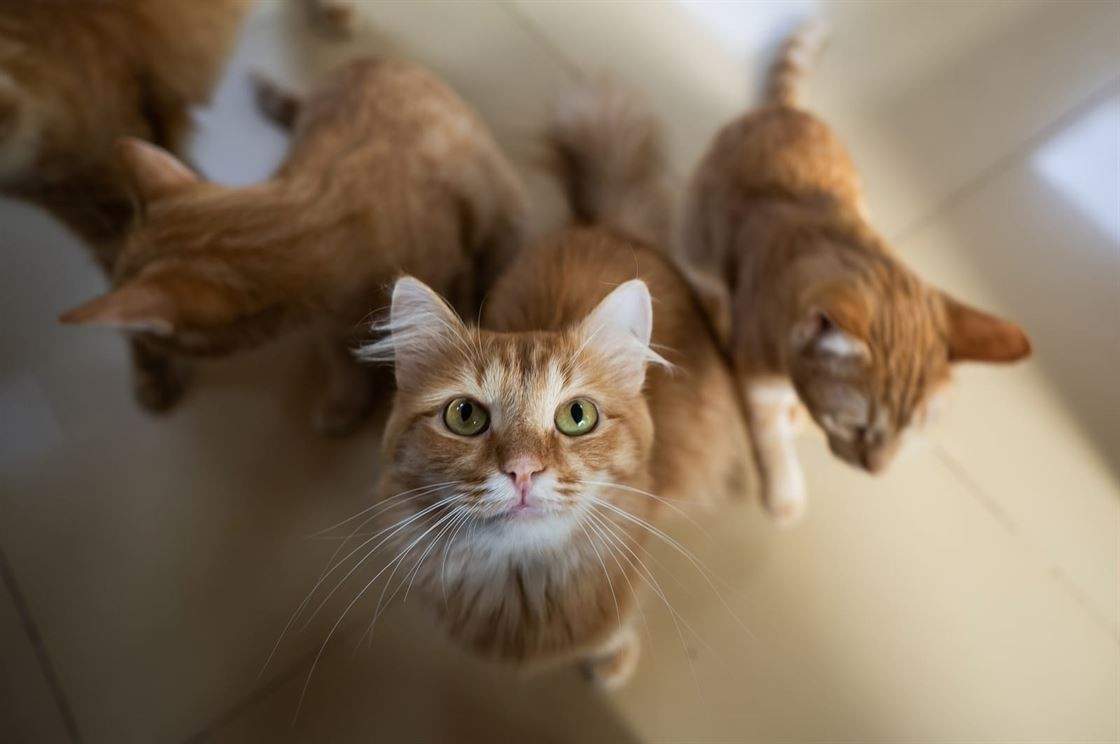Keep your cat indoors

Although cats are smart, alert, and adroit, they are no match for the many perils that await them outside. That’s why the average outdoor cat lives only a third as long than the cat who’s kept safely inside. Consider these threats:
Disease – Feline leukemia and feline immunodeficiency virus are only two of the diseases that are passed from cat to cat and, once contracted, result in the eventual death of the pet. Outside cats are even more likely than dogs to dome into contact with rabid wild animals.
Parasites – Outdoor cats suffer from fleas, ticks, ear mites, and worms that indoor cats are not generally exposed to.
Poisoning – Poisons are found in lawn chemicals, bait left out to kill rodents, antifreeze, and other sources.
Other Animals – Fights with other cats, dogs, and wildlife often leave cats maimed or injured.
People – In our own community as well as others across the nation, cats have been the victims of burning, ritual torture and other abuses.
Cars – Cats often crawl into warm car engines in cold weather and are killed or badly injured when the unsuspecting driver starts the car. Most outdoor cats die prematurely from auto accidents. It is a myth that cats are “streetwise” about cars. No matter how alert, a cat is no match for a fast-moving vehicle. Unaltered cats allowed to roam and mate account for millions of the cats who must be euthanized each year because there aren’t enough homes for them.
Becoming Lost or Trapped – Few cats reported missing are recovered by their owners. Some people who notice a cat in the area assume it can find its way home. Others assume the cat is abandoned and care for it without attempting to locate the owner. Cats may become inadvertently trapped for days as they explore a neighbor’s shed or a dumpster.
Cats can be completely happy inside if you provide them with toys, good care, and lots of love and attention. If you have a kitten, start out right by never letting him outside.Older cats often make the transition to being indoor pets easily. Some, however, will take extra time and attention. Gradually reducing the amount of time your pet is allowed outside, increasing play time with your cat, taking it out on a harness and lead, or constructing or purchasing and outdoor enclosure can help ease the transition.
Thanks to Humane Education Committee, Champaign County Humane Society, 1911 East Main, Urbana, IL 61801 USA

